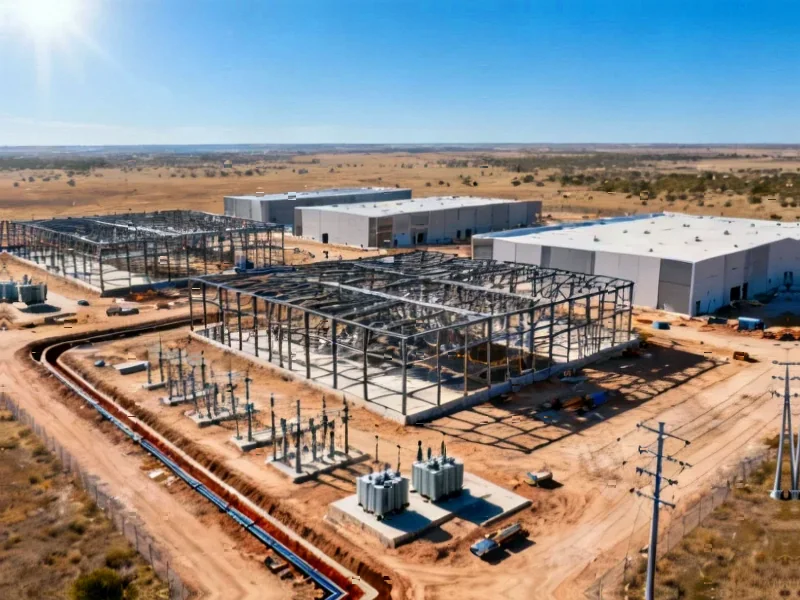According to POWER Magazine, data centers now consume over 100 megawatts per site thanks to explosive growth in cloud computing and AI, making energy access the single biggest factor in where they’re built. Developers are increasingly clustering these power-hungry facilities near natural gas resources, particularly in Texas’s Permian Basin, Appalachia’s Marcellus and Utica shales, and Gulf Coast regions. Natural gas supplies more than 40% of U.S. electricity and offers the reliability and scalability these facilities desperately need. This proximity strategy leverages existing pipeline infrastructure while introducing complex legal terrain spanning energy regulation, environmental compliance, and sophisticated contracting. The trend has sparked intense competition for development sites where gas resources intersect with favorable regulatory frameworks and economic incentives.
Regional Battlegrounds
Here’s the thing – this isn’t happening uniformly across the country. Texas is basically the wild west with its ERCOT market letting developers bypass traditional utility oversight, but that freedom comes with exposure to scarcity pricing during peak demand. Meanwhile, Appalachia’s industrial heritage makes it a natural fit, but developers have to navigate a patchwork of state-level permitting that can seriously slow things down.
And then there’s the Midcontinent offering low land costs but requiring careful navigation of utility commission rules. The Rockies are trying to attract development with tax incentives, but heightened environmental scrutiny makes every project a potential legal minefield. Basically, every region has its own particular cocktail of advantages and regulatory headaches.
The Legal Complexity
So what’s the actual legal landscape look like? It’s a tangled web that spans federal, state, and local jurisdictions. FERC gets involved when power crosses state lines, while public utility commissions in vertically integrated states might need to approve high-load interconnections. The contracting alone is incredibly complex – power purchase agreements and gas tolling arrangements have to account for price volatility, interruption risks, and evolving emissions regulations.
But wait, there’s more. Environmental compliance adds another layer with Clean Air Act permitting, water quality certifications, and state-level reviews. Local zoning often requires special-use permits for these industrial-scale facilities. And now with proposed SEC climate disclosure rules, operators are under pressure to be more transparent about their carbon footprint. It’s becoming a legal tightrope walk between energy needs and sustainability expectations.
Future Tensions
Where is this all heading? The tension between needing reliable baseload power and decarbonization pressures is only going to intensify. Several states including Oregon, Virginia, and Illinois are already considering restrictions on fossil-fueled generation for new data centers. Meanwhile, federal incentives under the Inflation Reduction Act are making renewable energy and storage more economically viable.
But here’s the reality check – natural gas isn’t going away anytime soon. The practical need for uninterrupted power means it’ll remain a cornerstone for years. The legal teams advising in this space are having to become experts in everything from traditional utility law to carbon accounting and ESG reporting. It’s no longer just about keeping the servers running – it’s about navigating an incredibly complex intersection of technology, regulation, and energy policy.
So what happens when your AI training cluster goes offline because of power issues? That’s the multi-million dollar question driving this entire trend. The co-location of data and energy assets might make operational sense, but the legal landscape is becoming as complex as the technology these facilities support.




